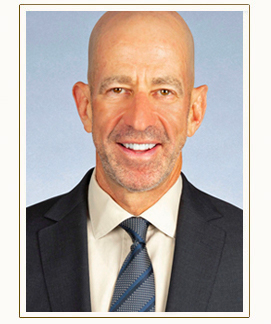Medicaid planning has always been a complex area of the law, and it has become even more complex recently as the government continues to tighten eligibility requirements as a result of ballooning federal and state deficits. Medicaid is a jointly-funded federal and state program. The federal government oversees the Medicaid program, but the program is administered by the states. Rules can vary from state to state, and that is why New York’s Medicaid laws are different from New Jersey’s and Connecticut’s laws. Although the states have broad latitude in how they interpret the federal guidelines, they must not stray too far or they risk losing federal funding.
Generally, individuals become eligible for Medicaid assistance once their assets are below a certain level; in New York that level is $14,400. While this may not seem like a lot of money, it is the highest resource amount in the nation. In addition, there are special protections for married couples, so that the spouse living at home (the community spouse) has sufficient funds to meet his or her needs. In 2013, the community spouse resource allowance is $115,920. This amount may be increased under appropriate circumstances through various legal techniques. In order to discourage people from giving away their money in order to qualify for Medicaid, there are rules in effect to limit asset transfers to children and other persons. Those rules continue to get tougher.
The Medicaid look-back period has increased from 2 years to 5 years over time. There is even a bill in Congress to increase the look-back period to 10 years. What this means is that under current law if a person transfers assets, and applies for Medicaid within five years of making the transfer (the look-back period), then the person would be assessed a penalty period based on, among other things, the amount of the transfer. Of course, as with any rule, there are always exceptions and ways to make the rules work in your favor. However, use extreme caution when navigating these waters. These rules could potentially cover gifts to grandchildren to help pay for their education or gifts to children to help them pay for medical expenses.
Certified Elder law attorneys are using strategies like irrevocable income-only trusts to assist clients with long-term care planning. Since the five-year look-back period applies to both outright transfers and transfers to trusts, trusts should be given careful consideration as a planning tool. Trusts provide more flexibility and more security for the senior than an outright transfer to a child. In addition, trusts offer tax advantages when compared to an outright gift. Another planning technique might be to purchase long-term care insurance to cover the cost of care during the look-back period, in case the senior needs long-term care within five years after the transfer to the trust.
It is never too late to consult with a certified elder law attorney, even if a loved one is already in a nursing home or about to go into one. Through the use of promissory notes or other legal strategies, a significant portion of the family savings can be preserved.
Although the elder law and Medicaid planning landscape continues to evolve, planning opportunities remain to protect your assets. As always, the earlier you plan ahead, the more assets that can be protected for you and your family.
Tags: Medicaid





